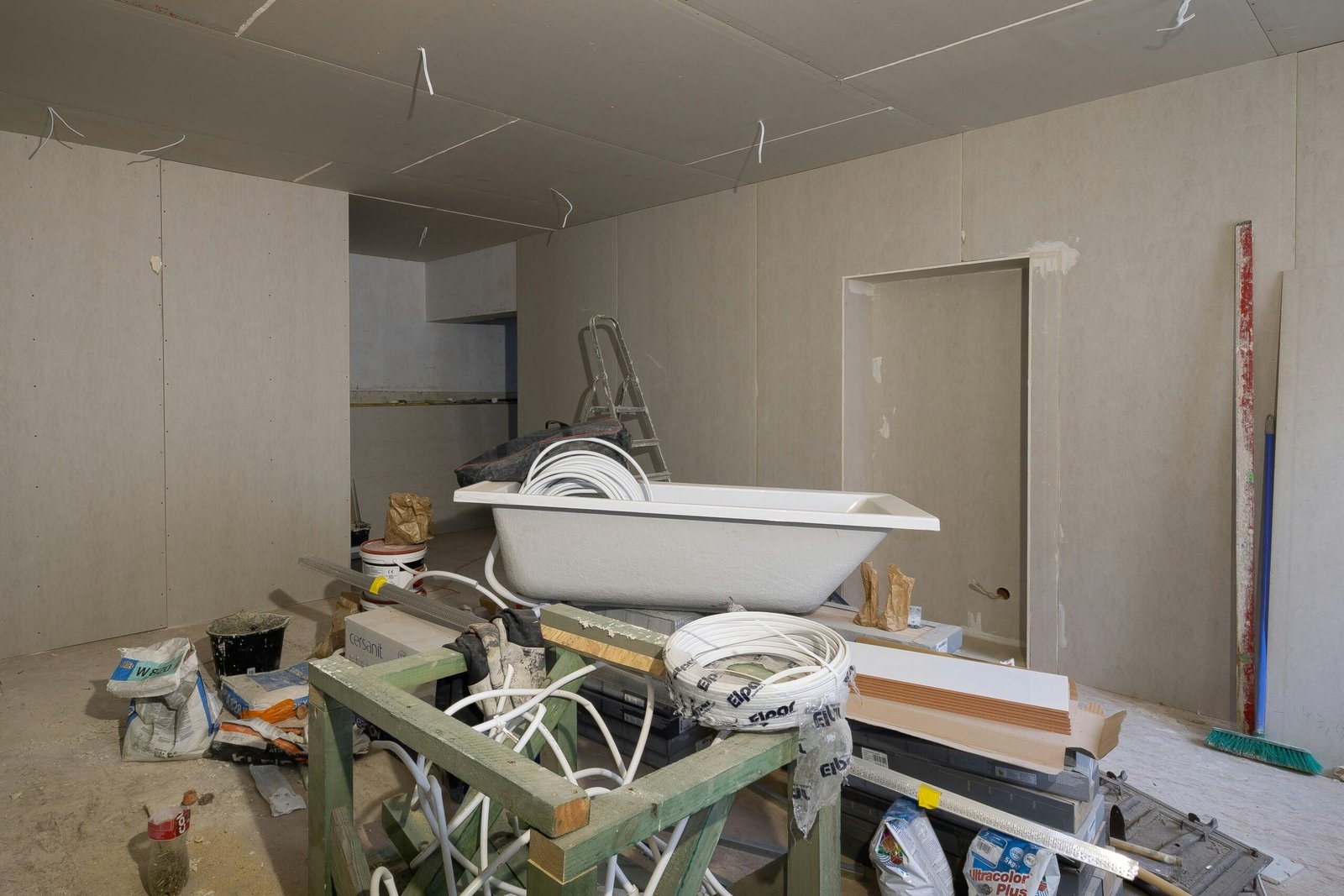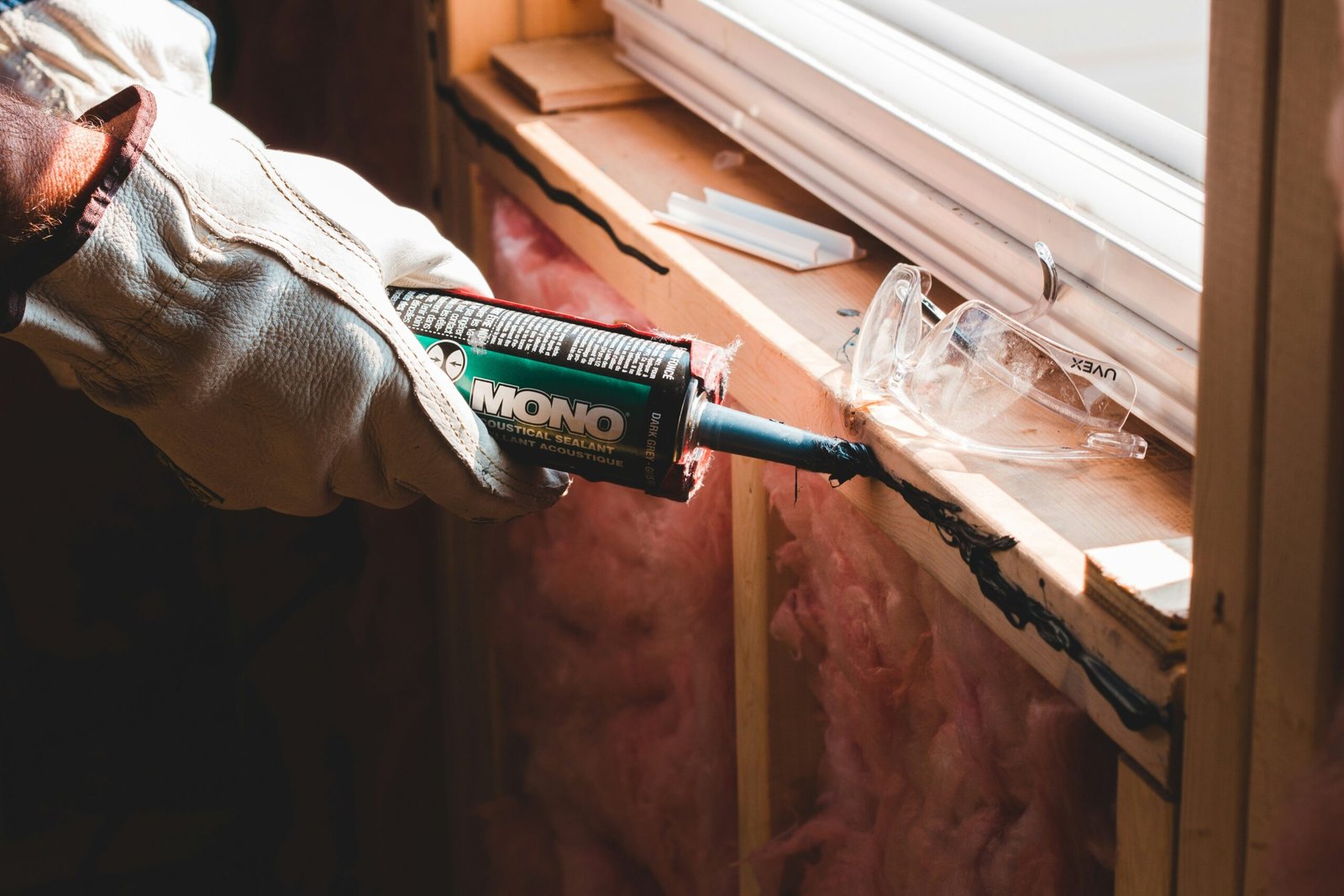Kitchen Remodeling in the USA: A Complete Guide for Homeowners
The kitchen is often called the heart of the home, and for good reason. It’s where meals are prepared, families gather, and memories are made. In the United States, kitchen remodeling is one of the most popular and high-return home improvement projects. Whether you want to increase your home’s value, improve functionality, or simply modernize an outdated design, a kitchen remodel can be a worthwhile investment.
But with so many options, materials, styles, and costs involved, planning a kitchen remodel requires careful consideration. This guide will walk you through the key aspects of kitchen remodeling in the USA—covering trends, budgeting, design tips, and return on investment (ROI).
Why Remodel Your Kitchen?
Here are the most common reasons American homeowners decide to remodel their kitchens:
- Improve functionality and layout
- Replace outdated appliances and finishes
- Increase home value
- Accommodate changing lifestyle needs
- Enhance energy efficiency
- Create an open-concept living space
According to a report by the National Association of Home Builders (NAHB), over 80% of home renovations in the U.S. include kitchen updates, making it a top priority for many families.
Popular Kitchen Remodeling Trends in the USA (2025)
1. Open-Concept Layouts
Removing walls to combine the kitchen with the living or dining area remains a favorite among U.S. homeowners. It enhances natural light, improves traffic flow, and creates a more social cooking environment.
2. Smart Kitchens
Technology has found its way into the kitchen through smart appliances, touchless faucets, voice-activated lighting, and app-controlled ovens. Smart refrigerators with built-in screens and cameras are also becoming popular.
3. Sustainable and Eco-Friendly Materials
Many homeowners now opt for eco-conscious choices like bamboo flooring, recycled glass countertops, and energy-efficient lighting. Low-VOC paints and cabinetry made from sustainable wood are also in demand.
4. Two-Tone Cabinets
Mixing colors—such as navy blue lower cabinets with white uppers—is a design trend that adds contrast and personality without overwhelming the space.
5. Quartz Countertops
Quartz continues to be a top choice for its durability, low maintenance, and wide variety of styles. It often beats granite in popularity due to its non-porous surface.
Types of Kitchen Remodels
Not all remodels are created equal. The type of remodel you choose depends on your budget, home value, and goals.
1. Cosmetic Remodel
This is a surface-level update where you replace outdated finishes without changing the layout.
Includes:
- New cabinet doors or refacing
- Updated hardware
- Fresh paint or tile backsplash
- New lighting fixtures
Average Cost: $5,000 – $15,000
Best For: Budget-conscious updates with visible impact
2. Mid-Range Remodel
This includes replacing appliances, countertops, and possibly adjusting the layout.
Includes:
- New appliances
- New countertops (quartz, granite, etc.)
- New sink and faucet
- Cabinet refinishing or replacement
- Flooring updates
Average Cost: $20,000 – $50,000
Best For: Older kitchens needing functional and aesthetic upgrades
3. High-End Remodel
A complete transformation with custom cabinetry, premium materials, and structural changes.
Includes:
- Wall removal or reconfiguration
- High-end appliances (Sub-Zero, Wolf, etc.)
- Custom cabinetry
- Designer lighting
- Professional-grade ventilation and plumbing
Average Cost: $60,000 – $120,000+
Best For: Luxury homes or forever homes
Budgeting for Your Kitchen Remodel
Remodeling your kitchen is a big investment, so it’s important to budget wisely.
Tips for Budgeting:
- Set a Realistic Range
Use national averages and local estimates. In the U.S., the average kitchen remodel in 2025 costs around $25,000 – $75,000, depending on scale. - Break Down Costs:
| Category | Percentage of Budget |
|---|---|
| Cabinets | 30–40% |
| Labor | 20–25% |
| Appliances | 10–20% |
| Countertops | 10–15% |
| Flooring | 5–10% |
| Plumbing & Electrical | 5–10% |
| Lighting | 5% |
- Add a Contingency
Always reserve 10–15% of your budget for unexpected costs. - Finance Options
Consider using:
- Home equity loans or HELOCs
- Personal loans
- FHA 203(k) loans
- Savings
Maximizing ROI (Return on Investment)
Kitchen remodels often yield a strong return at resale. According to the Remodeling 2025 Cost vs. Value Report, a mid-range kitchen remodel in the U.S. offers an ROI of 60–75%, depending on location.
To maximize value:
- Avoid overly personalized finishes
- Choose timeless designs
- Focus on quality materials
- Invest in energy-efficient appliances
DIY vs. Hiring a Contractor
While DIY can save money, kitchen remodeling involves complex systems like plumbing, electrical, and gas. Here’s when to DIY and when to hire professionals:
DIY Tasks:
- Painting
- Tile backsplash installation
- Hardware replacement
- Light fixture installation (basic)
Hire a Professional For:
- Cabinet installation
- Countertop fitting
- Plumbing/gas work
- Structural changes
- Appliance installation
Always check local building codes and permit requirements—many U.S. cities require inspections for remodels involving major work.
Tips for a Successful Kitchen Remodel
- Start with a Plan
Hire a kitchen designer or architect to develop a functional and stylish layout. - Don’t Skimp on Cabinets
Cabinets are the biggest cost and longest-lasting component. Go for durable materials and soft-close features. - Think Lighting
Layered lighting—ambient, task, and accent—is essential. Under-cabinet lighting can transform your workspace. - Choose the Right Appliances
Make sure your appliances match your cooking habits. Energy Star-rated options are good for utility savings. - Keep the Workflow in Mind
Design around the kitchen “work triangle”—the optimal layout between stove, sink, and refrigerator. - Stay Flexible
Delays or surprises are normal. Build in time and financial cushions.
Conclusion
Kitchen remodeling in the USA offers homeowners a chance to improve comfort, efficiency, and resale value. From small updates to full renovations, every project requires careful planning, budgeting, and execution. By understanding current trends, setting a clear goal, and working with qualified professionals, you can transform your kitchen into a space that meets your needs and adds long-term value to your home.
Whether you’re updating a dated layout or building your dream kitchen, the key is to balance form and function. Take your time, do your research, and enjoy the process—the results will be well worth the investment.
Want this article optimized for a business website, blog, or specific U.S. city (like New York, Dallas, or Los Angeles)? Let me know and I’ll tailor it for your needs!
Ask ChatGPTTools
ChatGPT can make mistakes. Check important info.










Post Comment